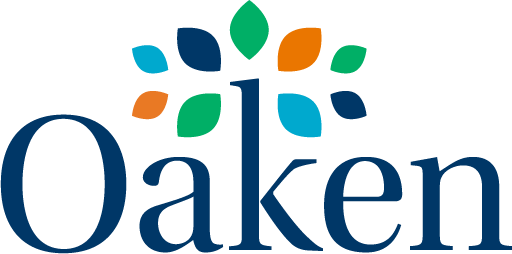For every Canadian with a registered Retirement Savings Plan (RSP), an important event looms on the horizon – converting your RSP into a retirement income source. If not done earlier, you'll be forced to convert your RSP by December 31 of the year you turn 71.
At this point, you’re probably asking two questions: “what exactly is a retirement income source?”, and “what if I don’t convert my RSP by the deadline?”.
Let’s start with the first question. Converting your RSP to a retirement income source means removing the funds from the RSP and using the money as income. We’ll discuss your options for doing this later.
But what if you don’t convert by the deadline? In this scenario, you are deemed to have taken the full amount of the RSP in a one-time cash payment, which will then be classified as income for the year. This is something that should be avoided, as it will likely result in a staggering income tax bill.
The more common way to convert RSPs – and to minimize the tax hit – is to transfer the funds to either an annuity or a registered Retirement Income Fund (RIF). Both provide a steady source of income during your retirement, and there are pros and cons to each, so your choice should be made based on your specific needs.
To help you decide if a RIF is right for you, here are five things you should know about RIFs:
1. You don’t have to wait to 71 to open a RIF
Even though you are required by Canada’s tax laws to convert your RRSP when you turn 71, you can open a RIF before then. If you retire at age 62, for example, you can transfer all or just part of your RSP into a RIF. However, once you open a RIF, you must start drawing from it no later than the year after you set it up.
2. You must withdraw a minimum amount each year
While there is a minimum amount that you must draw from the RIF each year, there is no maximum. The amount required to be withdrawn each year is determined by the annual minimum percentage of the RIF that corresponds to your age and increases as you get older.
Because there's no maximum you may withdraw, you can increase payments during the first years of your retirement if you wish. Also, should you have an unexpected expense, you can withdraw it from the RIF. However, keep in mind that all RIF payments are considered income for the year, and are taxed as such.
3. You can hold a variety of investments within a RIF
A RIF is a registered product designed to provide steady income during your retirement. While not intended as a savings vehicle, you are permitted to invest the unused portion of your RIF to grow in a tax-sheltered environment, just like an RSP.
The rules outlining the securities you can hold in a RIF are fairly flexible, so you can tailor the risk to suit your outlook. For those with a higher risk adversity, limiting holdings to secure investments such as GICs is a good option. For those with a more aggressive outlook, the inclusion of riskier assets such as equity stocks may be appropriate.
4. You can apply for the Pension Income Tax Credit
If you're 65 years of age or older, you can claim a federal, non-refundable tax credit when filing your taxes each year. This credit allows you to deduct from your tax bill, a credit on the first $2,000 of pension income. The federal credit rate is capped at 15%, so the maximum you can claim for the federal credit is $300. However, you can also claim a provincial credit, and depending on your province and income you may receive up to an additional 11% on the first $2,000 of retirement income.
Note that you can claim the pension income credit as early as age 55, but the income types permitted are restricted to life annuity payments and most pension plans. RIF income cannot be included in the claim until you turn 65, and every year thereafter.
5. You can assign a beneficiary
Unlike some other forms of retirement income options, you can assign a beneficiary to receive your RIF payments should you die with funds remaining in your RIF. This is important, both in terms of providing for your family, but also from a tax perspective. If you haven’t named a beneficiary, the total amount of the RIF will be included in your final tax return following your death, potentially representing a significant tax obligation. In addition, the total value of the RIF will be subject to probate fees.
The way probate fees are calculated depends on the province. In Ontario, for example, the estate pays $5 per $1,000 for the first $50,000, plus $15 for each additional $1,000. On a RIF worth $500,000, this amounts to:
(50,000 / 1,000) x $5 = $250
(450,000 / 1,000) x $15 = $6,750
Total probate fee due = $7,000
However, if you name a beneficiary, the RIF will not be included in the probate fee calculation, nor will the estate have to include the RIF in your final tax return. However, this only applies if you name one of the following as your beneficiary:
Your spouse
A financially dependent child or grandchild under the age of 18
A financially dependent child or grandchild of any age who is infirm





 Retirement
Retirement
